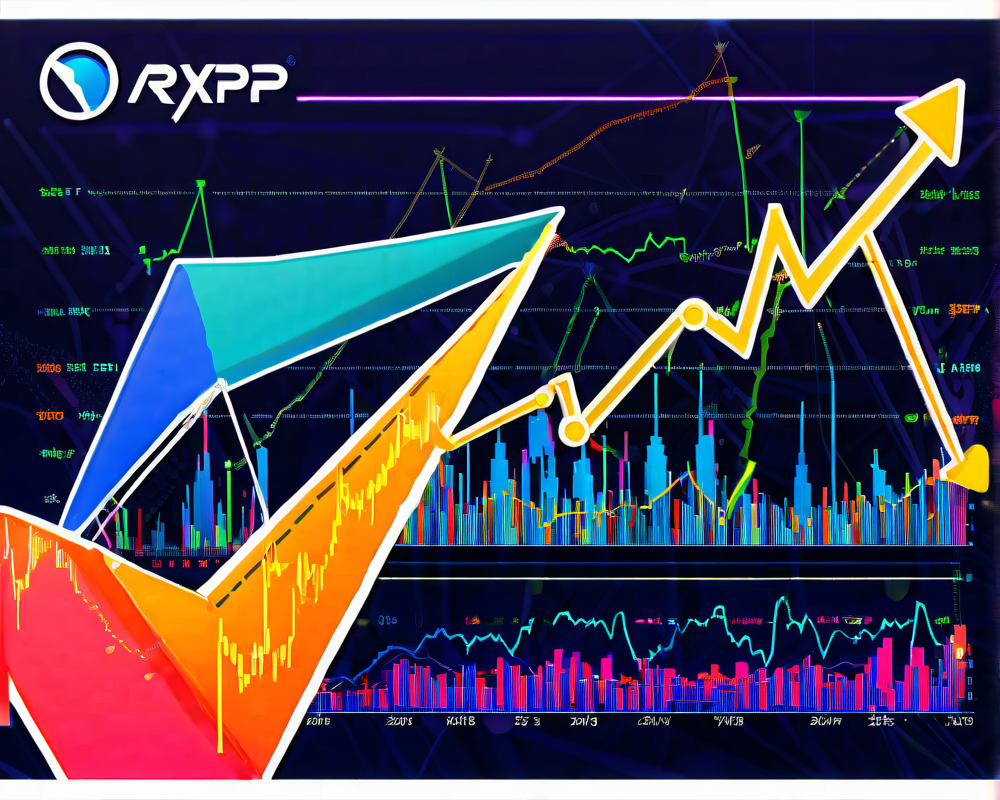Panel Overview and DeFi Status Quo
At the recent BlockDown conference, the panel titled “DeFi’s Newest Waves” showcased a vibrant discussion among industry leaders about the evolution and future trajectory of decentralized finance (DeFi). Comprising notable figures such as Anton Bukov of 1inch Network, Aave’s Ajit Tripathi, Hyung Lee from B.Harvest, and Eric Chen of Injective Protocol, the panel explored both optimism and the persistent challenges of adoption, particularly the congestion woes on Ethereum.
The Growth of DeFi: A Maturing Landscape
Bukov painted a picture of a more matured crypto landscape compared to earlier cycles, specifically 2017. Unlike many initial coin offerings that were merely ideas, today’s fundraising often features well-developed products. This shift indicates a level of professionalism rarely seen before.
The Expanding Circle of Crypto Users
Tripathi echoed these insights by noting the influx of various investors into the ecosystem. He remarked on the emergence of family offices getting involved in platforms like Aave, emphasizing an observable shift in the demographic of crypto participants.
Barriers to Entry: Hesitance Amid Opportunities
Despite the enthusiasm, potential entrants still express hesitation, often due to the complexities of DeFi. Tripathi observed, “There are challenges from a legal perspective that make it tough for institutions to deploy capital. However, custodial solutions are emerging to facilitate this migration into the DeFi space.” This sentiment highlights the importance of education and advocacy in overcoming barriers, even while regulated institutions quietly begin to dip their toes into decentralized waters.
Future of DeFi: Interoperability and Scalability
Hyung Lee from the Cosmos ecosystem emphasized the importance of liquidity connectivity, predicting that DeFi interoperability would evolve into more complex use cases beyond simple token transfers, primarily through the use of the Inter Blockchain Communication protocol.
Scalability Concerns
Eric Chen passionately discussed the pressing need for scalability solutions on Ethereum, pointing out issues like high gas fees and the constraints of Automated Market Maker (AMM) infrastructure. He remarked, “What you really need to look at is how to address Ethereum’s current issues… the composability and atomic transactions between rollups and Ethereum still have room for improvement.” This reflects a common frustration among DeFi enthusiasts and developers.
Stories of Exponential Growth
Bukov recounted his journey with 1inch Network as a testament to this growth trend. He noted how the project experienced multiple periods of exponential scaling, stating, “There were times when we’d see a month where we’d do half the total volume of the project since our inception!” The rapid engagement signifies strong user interest but also underscores the growing pains of scalability.
Conclusion: The Gas Cost Dilemma
All panelists agreed on a critical takeaway: high gas fees remain a significant barrier to DeFi’s explosive potential. As Bukov aptly put it, “Gas costs are the biggest pain, and without addressing this, DeFi might not see the real growth it promises.” Only time will tell if solutions will emerge or if gas prices will continue to stranglehold the future of DeFi.



